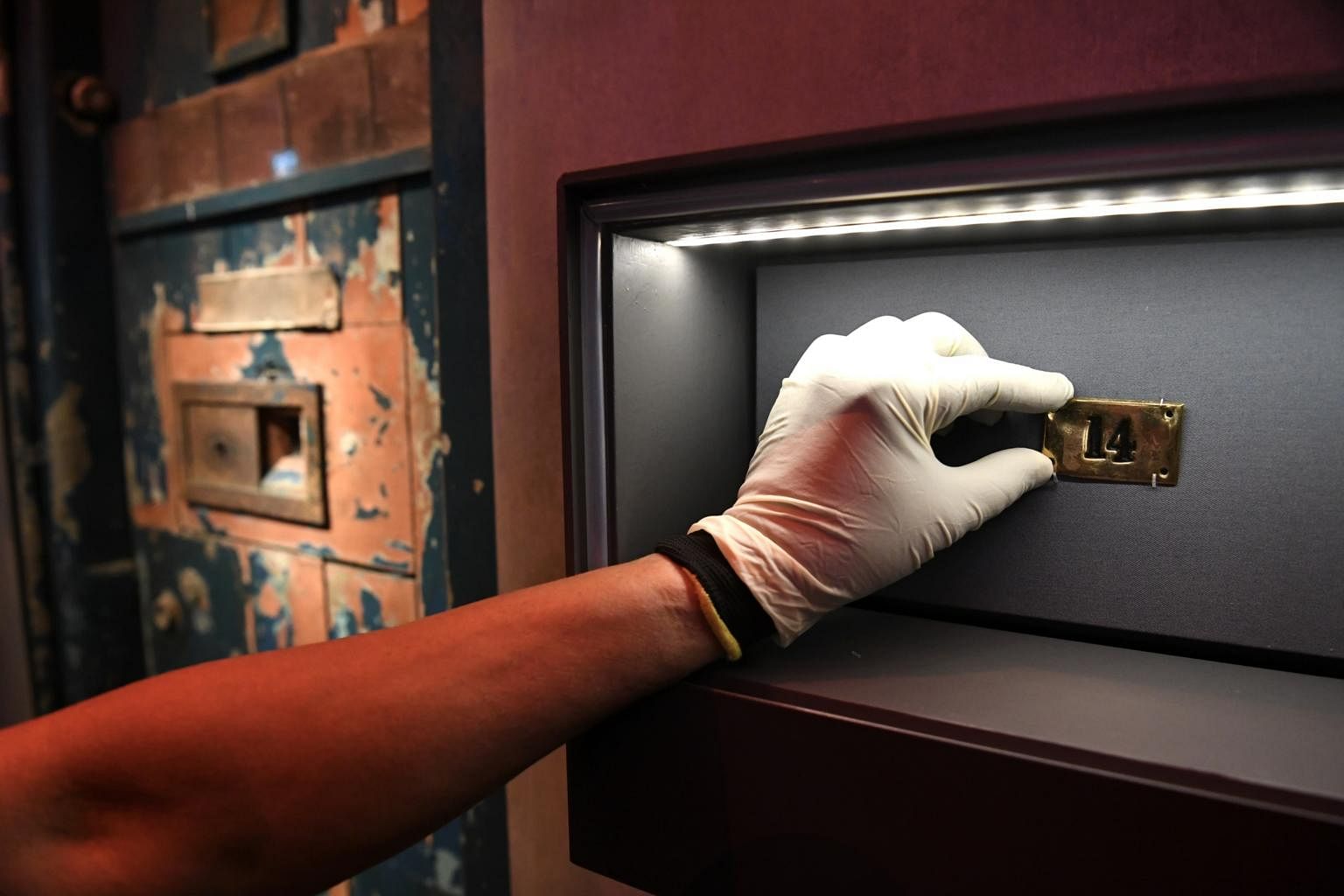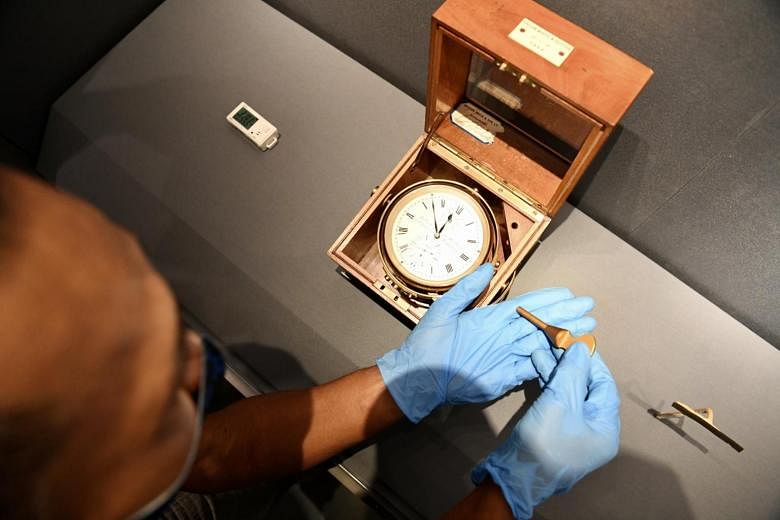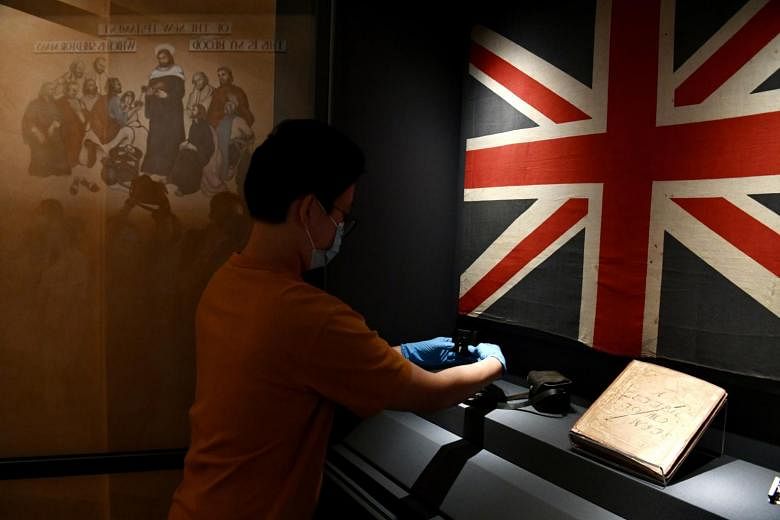SINGAPORE - Set in a sleepy quarter of Upper Changi Road, an understated white building bears witness to the memories of thousands of prisoners of war in Changi Prison during World War II.
The Changi Chapel and Museum is both a shrine to the war dead and an effort to keep their stories alive.
Closed in 2018 for redevelopment, it is reopening its doors on May 19, a year later than initially slated. This year marks the 76th anniversary of the Japanese surrender in the war.
The media got a first look on Wednesday (April 7) as museum workers installed some of the artefacts, including never-before-seen ones like a 400-page diary by an internee to his wife in Rhodesia, or present-day Zimbabwe.
Following the revamp, the museum has new content and an expanded collection, complementing other sites that commemorate World War II such as Reflections of Bukit Chandu, also set to reopen this year, and the Former Ford Factory.
Six new artefacts were unveiled on Wednesday, just a few of those to be on display as the museum has been coy about the total number it has acquired.
The 400-page diary was a gift from the family of Mr Arthur Westrop, a civilian internee at Changi prison. The diary was hidden beneath the floorboards in his cell so that his Japanese captors could not find it. Each entry was written as a letter to his wife, who was evacuated to Africa.
The other five are a chronometer from around 1918 from the HMS Bulan, a cargo ship that took part in the evacuation; a Kodak Baby Brownie camera that was hidden by Sergeant John Ritchie Johnston in Changi Prison; a number plate of jail cell 14; a red muster gong used by the Japanese to conduct roll call of prisoners; and a painting of emaciated prisoners of war in the collection of the National Museum of Singapore.
At the same time, old favourites - such as a section of the Changi Wall, a Morse code device hidden in a matchbox that was used by prisoners to transmit messages, and replicas of biblical murals painted to give prisoners spiritual solace - continue to be key highlights.

The museum will gradually release more information nearer to the reopening, but plans that include a recorded orchestral performance and storytelling sessions have been made for the opening weekend on May 22 and May 23.
Changi Chapel and Museum remains free for Singapore citizens and permanent residents. Tourists and foreign residents will pay $5 (for those eligible for concessions) and $8 for adults.



